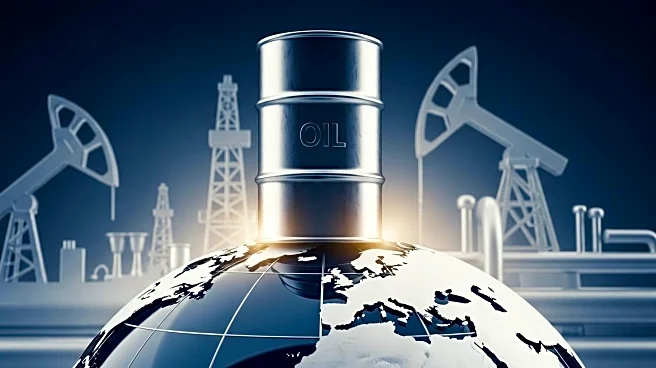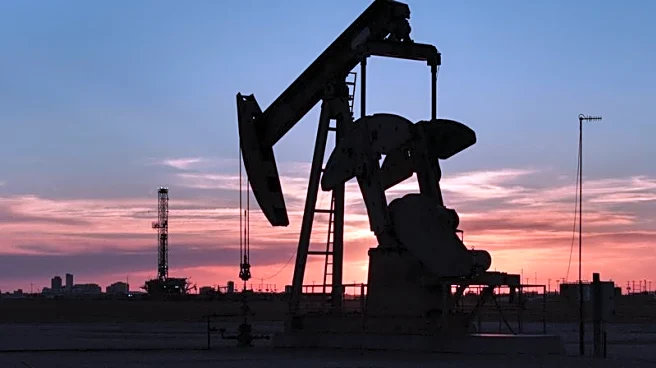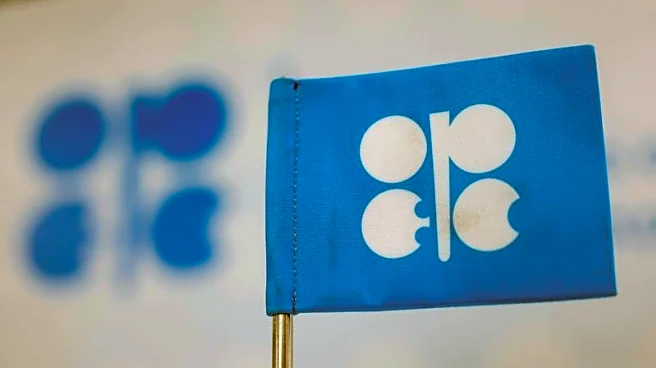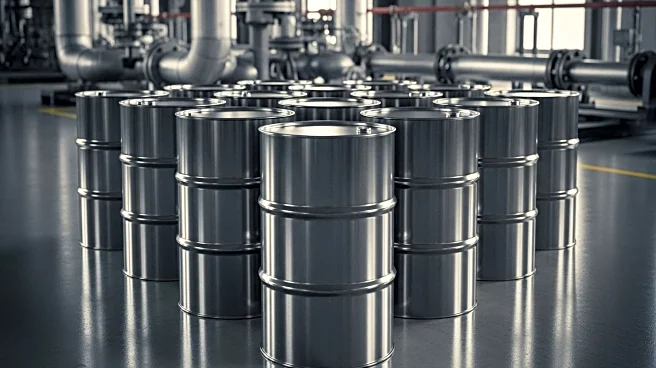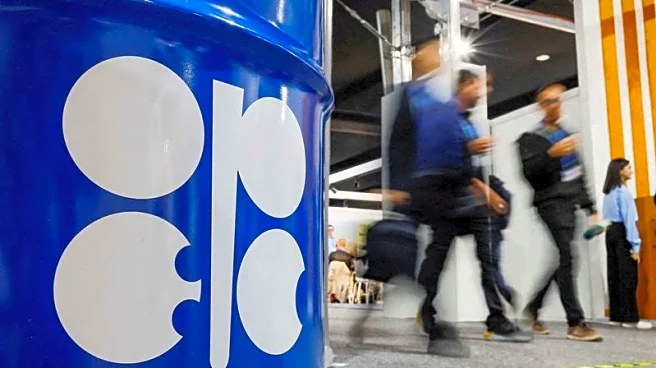What's Happening?
The Organization of the Petroleum Exporting Countries (OPEC), along with Russia and other smaller producers, has decided to increase oil production by 137,000 barrels per day starting in November. This increase matches the production levels of October and is less than what some market participants had anticipated. The decision comes amid ongoing concerns about a potential supply glut in the global oil market. Despite the modest increase, oil prices have risen slightly, with Brent crude futures and U.S. West Texas Intermediate crude both experiencing gains. Analysts suggest that the actual amount of oil entering the market may be less than announced, as some OPEC+ members are already producing at capacity.
Why It's Important?
The decision by OPEC+ to limit the production increase has significant implications for global oil prices and the broader energy market. By opting for a smaller increase, OPEC+ aims to stabilize prices and prevent a potential oversupply that could depress the market. This move is particularly relevant for countries reliant on oil exports, as it helps maintain revenue levels. However, the decision also reflects concerns about weak demand fundamentals, especially as the global economy faces uncertainties. The U.S. economy's performance in the coming months will be crucial in determining oil demand and price trends.
What's Next?
Looking ahead, the market will closely monitor the impact of the production increase on global oil supply and prices. Analysts expect that the upcoming refinery maintenance season in the Middle East may help cap prices. Additionally, the recovery of the Kirishi oil refinery in Russia, following a recent drone attack, will be watched for its potential impact on supply. The U.S. economy's ability to reaccelerate in late 2025 and into 2026 will also play a critical role in shaping demand and price dynamics.
Beyond the Headlines
The decision by OPEC+ highlights the delicate balance between managing supply and maintaining market stability. It underscores the challenges faced by oil-producing nations in navigating geopolitical tensions, production capacities, and economic uncertainties. The move also reflects the ongoing strategic considerations of major oil producers like Saudi Arabia and Russia, as they seek to protect their market share while responding to global economic conditions.

